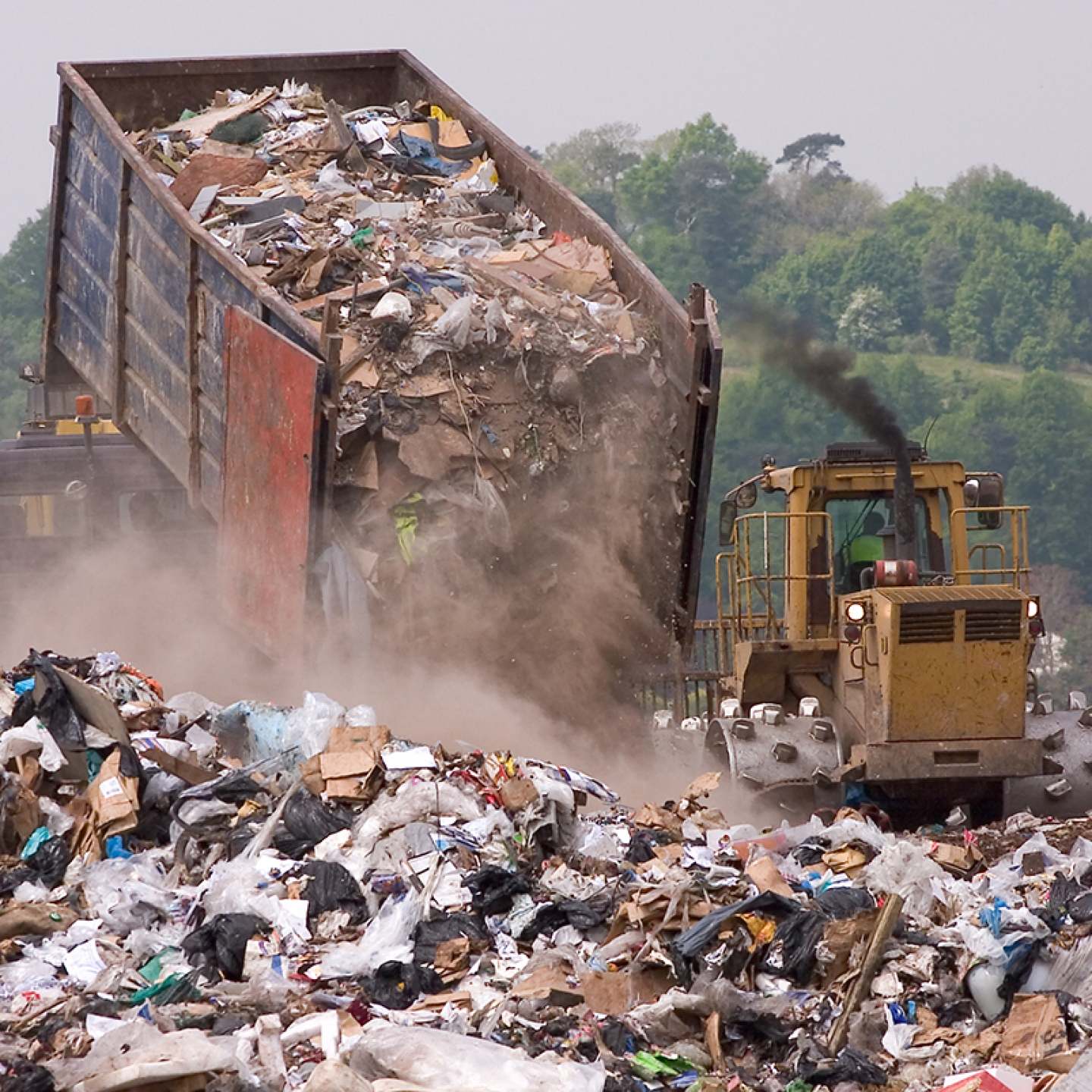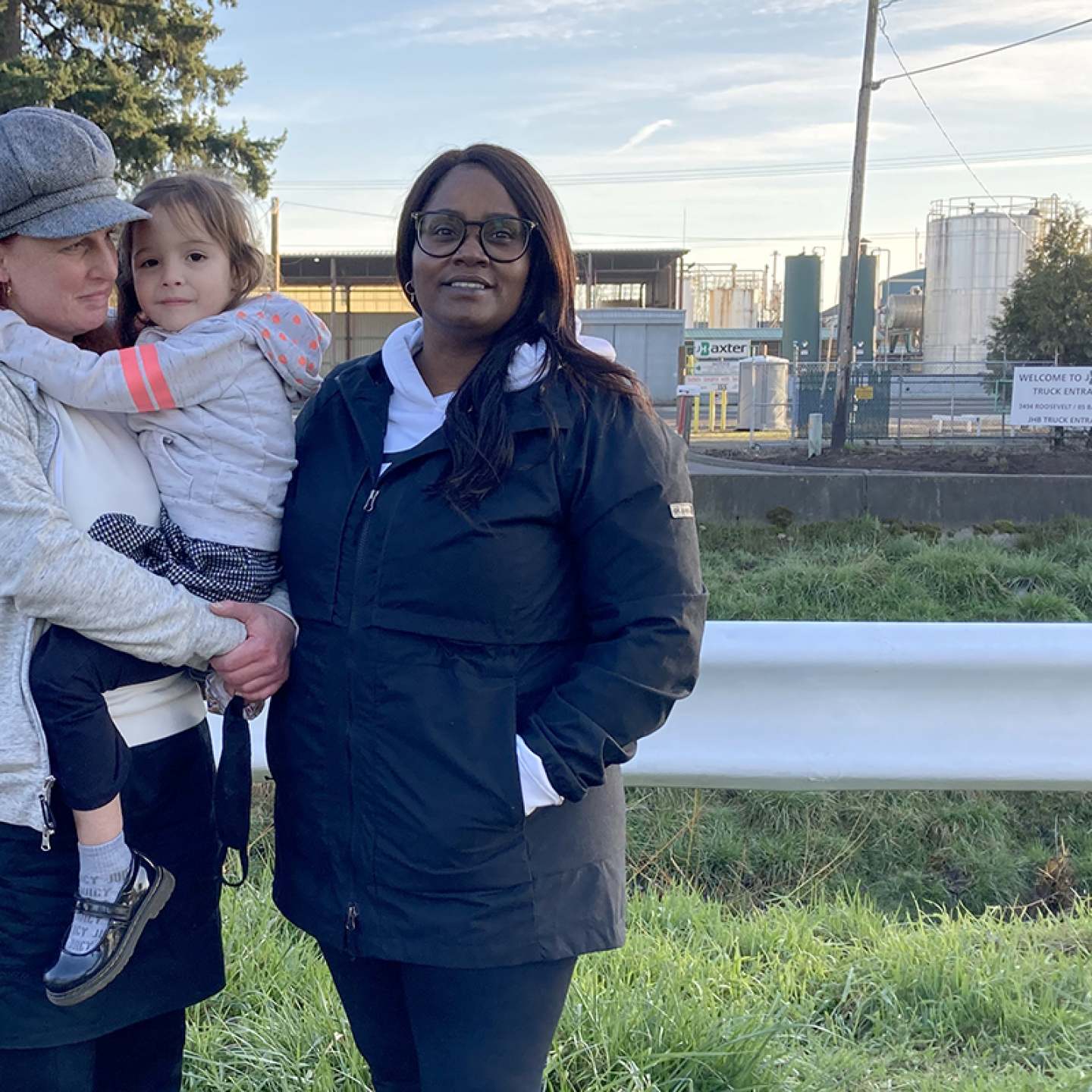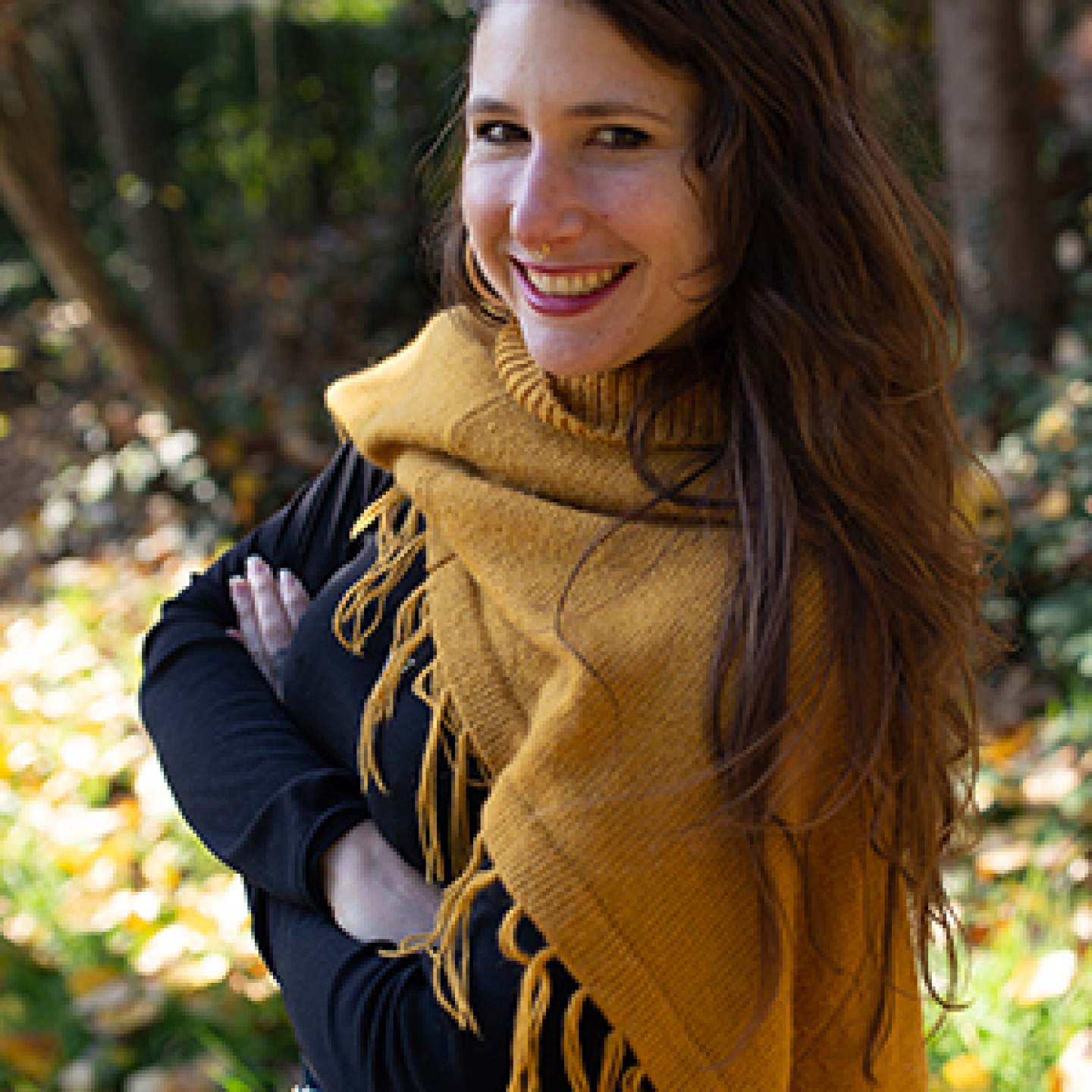This development highlights the power of grassroots action. Oregon’s new law on chlorpyrifos is stronger and more protective than the…
Pump to Progress: Ending the Legacy of Gas Station Contamination
Underground petroleum contamination is a widespread problem that drains public resources and has been routinely mismanaged to the detriment of…
First Foods for Spring
Food is our medicine. Foods not only provide nourishment for our body, they also nourish us emotionally and spiritually. Whether…
Free to breathe and thrive
I am passionate about the Earth just as I am passionate for humanity. In my eyes and the eyes of…






